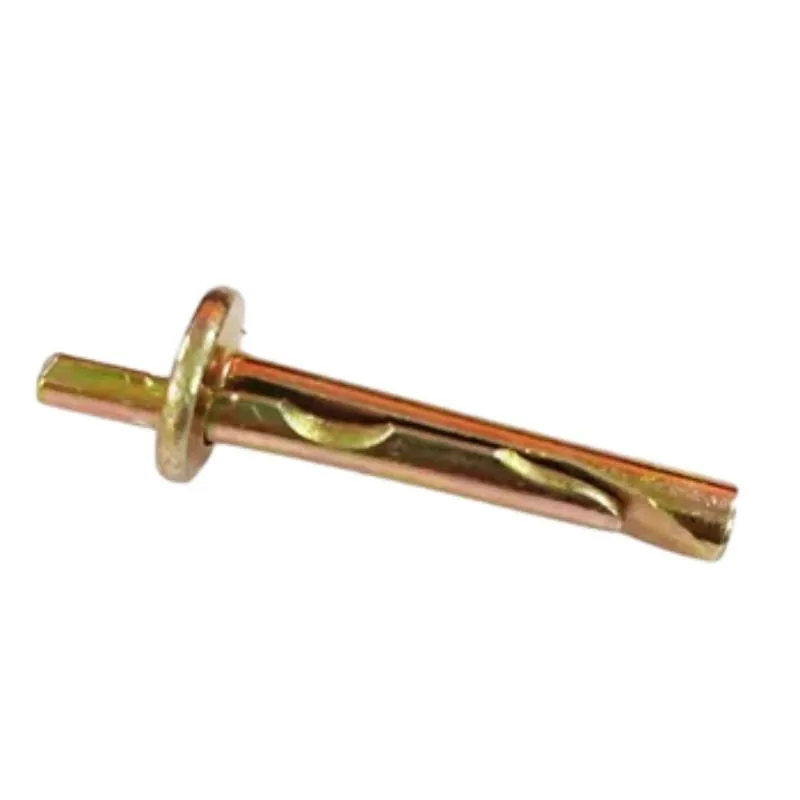sept. . 19, 2024 12:06 Back to list
how to choose screws
How to Choose Screws A Comprehensive Guide
When it comes to construction, woodworking, or home improvement projects, selecting the right screws is crucial for ensuring durability and functionality. With a vast array of options available, it can be daunting to know which screw to choose. Here’s a guide to help you make informed decisions.
How to Choose Screws A Comprehensive Guide
2. Determine the Length and Diameter Screw length and diameter are critical factors. The length should be sufficient to penetrate the materials being joined without protruding excessively on the opposite side. A general rule of thumb is that the screw should engage at least two-thirds of the thickness of the material being fastened. The diameter, or gauge, influences the screw’s strength. Thicker screws can support heavier loads but may require pre-drilling to avoid splitting the material.
how to choose screws

3. Choose the Right Head Type Screw heads come in various designs such as flat, round, or pan heads, and the choice often depends on aesthetic considerations and functional needs. For instance, flat heads allow for countersinking, providing a flush finish, while round heads offer easier access for screwdrivers. Additionally, the type of drive (e.g., Philips, slotted, hex) can affect the torque and ease of installation.
4. Material Matters The material of the screw is equally important. Stainless steel screws are resistant to corrosion, making them ideal for outdoor projects; whereas coated screws offer protection from rust and can be used where aesthetics are a concern. Plastic screws can be used in situations where metal may cause interference, for instance in electrical installations.
5. Consider Coatings and Treatments Many screws come with special coatings such as zinc plating, which adds another layer of protection against rust and wear. For outdoor applications, look for screws labeled as weather-resistant or treated for added durability.
In conclusion, selecting the right screw involves a thorough understanding of your project’s needs, including the materials involved, dimensions, head types, materials, and protective coatings. Making informed choices will lead to better results and longevity in your projects.
-
The Ubiquitous Reach of DIN934 in Application Realms
NewsMay.16,2025
-
Exploring Different Bolt Types
NewsMay.16,2025
-
Cracking the Code of Sleeve Anchor Mastery
NewsMay.16,2025
-
Clamp Design Principles,Types and Innovations
NewsMay.16,2025
-
Artistry Inspired by the Humble Anchor Bolt
NewsMay.16,2025
-
A Deep Dive into Screw Types
NewsMay.16,2025


